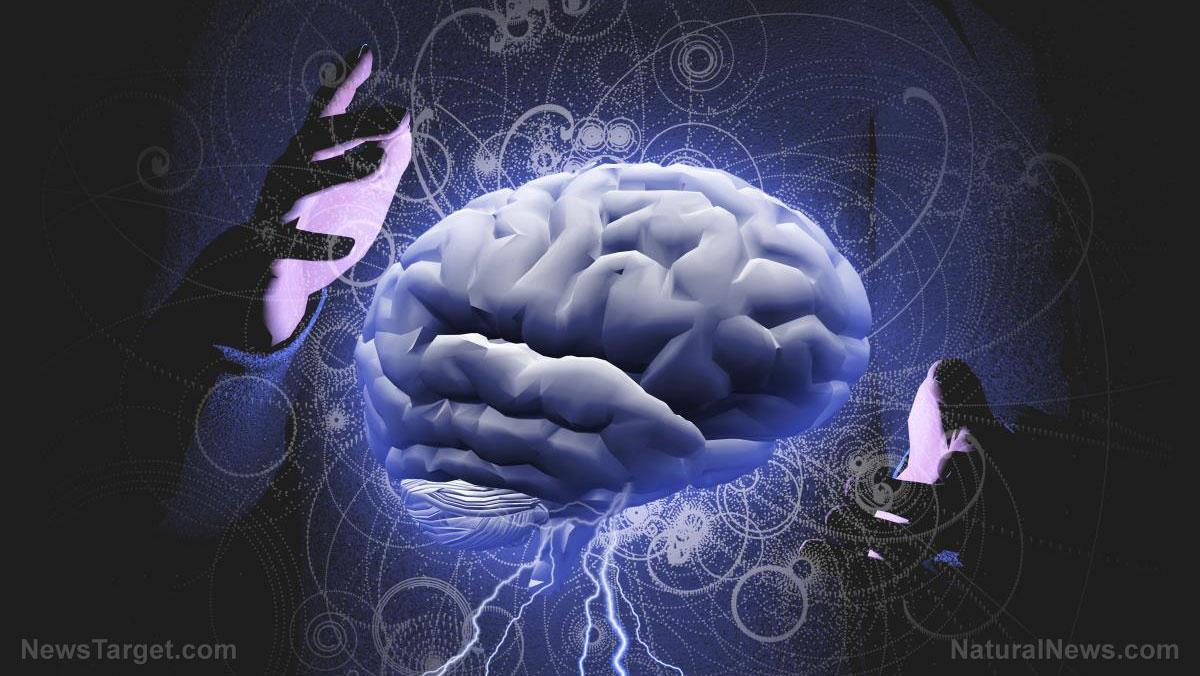Experts identify LATE, a different form of dementia – how is it different from Alzheimer’s?
10/17/2019 / By Cassie B.

Despite the many advancements seen in modern medicine in recent years, dementia remains a largely mysterious illness. We’re not exactly sure what causes it, although the clues are piling up, and we don’t have a surefire way to cure it yet, either. All we do know is that it is affecting 46.8 million people around the world and that its numbers are expected to rise to 75 million by 2030. Now, a new wrinkle in this saga has emerged as scientists have discovered a new type of dementia that affects the brain in a different way from Alzheimer’s disease.
The discovery was made by an international group of researchers led by scientists from the University of Kentucky. The illness, which is known as LATE disease (Limbic-predominant Age-related TDP-43 Encephalopathy), has the same symptoms as Alzheimer’s, yet it appears completely different in brain scans.
It may seem like bad news on the surface that we have yet another iteration of this illness to contend with, but this finding could help to explain why scientists have struggled to cure dementia: It could be that there are multiple varieties at play that require different types of treatments.
The researchers say that dementia should no longer be thought of as being a “one size fits all” disease. They liken it to the common cold, which can be caused by hundreds of different viruses; the same mechanism could well be at play when it comes to dementia.
LATE disease is not caused by the beta amyloid plaques and tau clumps seen in Alzheimer’s patients. Instead, deposits of a protein known as TDP-43 are responsible for the illness, and they are found in three areas of the brain: the hippocampus, the middle frontal gyrus, and the amygdala. Scientists don’t know what is causing this protein to clump up in these areas, but it does help explain why many people with dementia who have died are found not to have the hallmarks of Alzheimer’s disease in their brains in autopsies.
Researchers say that LATE disease impacts several different areas of cognition. Although it progresses more slowly than Alzheimer’s disease, it does eventually impair people’s daily life activities. It can also be present alongside Alzheimer’s, forming a combination that leads to an even quicker decline. Unfortunately, it is roughly as prevalent among older people as Alzheimer’s disease it. The researchers believe it occurs in as many as a quarter of all adults above the age of 80.
Could new, effective treatments for dementia be right around the corner?
This information is expected to change the face of dementia treatment moving forward as researchers can look into creating disease-specific treatments that will target the right patients. Now that it has been clearly defined, biomarkers can be established for the disease and potential treatments can be investigated.
The researchers have also called for all patients with LATE to be removed from clinical Alzheimer’s treatment trials, which they believe could greatly improve the chances of a breakthrough. Their findings were published in the journal Brain.
Past studies have shown that of 1,000 people who had died from dementia, 78 percent had two different types, while 58 percent had three kinds and a third had four or more.
With someone developing dementia every three seconds somewhere around the world, a breakthrough like this couldn’t come at a better time. If this knowledge is acted upon quickly, countless lives could potentially be saved and families around the world could be spared the heartache of watching a loved one suffer from this devastating illness.
Sources for this article include:
Submit a correction >>
Tagged Under:
aging, Alzheimer's disease, Alzheimer's treatment, brain function, brain health, dementia, dementia treatment, discoveries, LATE disease, longevity, medical breakthrough, research
This article may contain statements that reflect the opinion of the author
RECENT NEWS & ARTICLES
COPYRIGHT © 2017 BRAIN NEWS





















